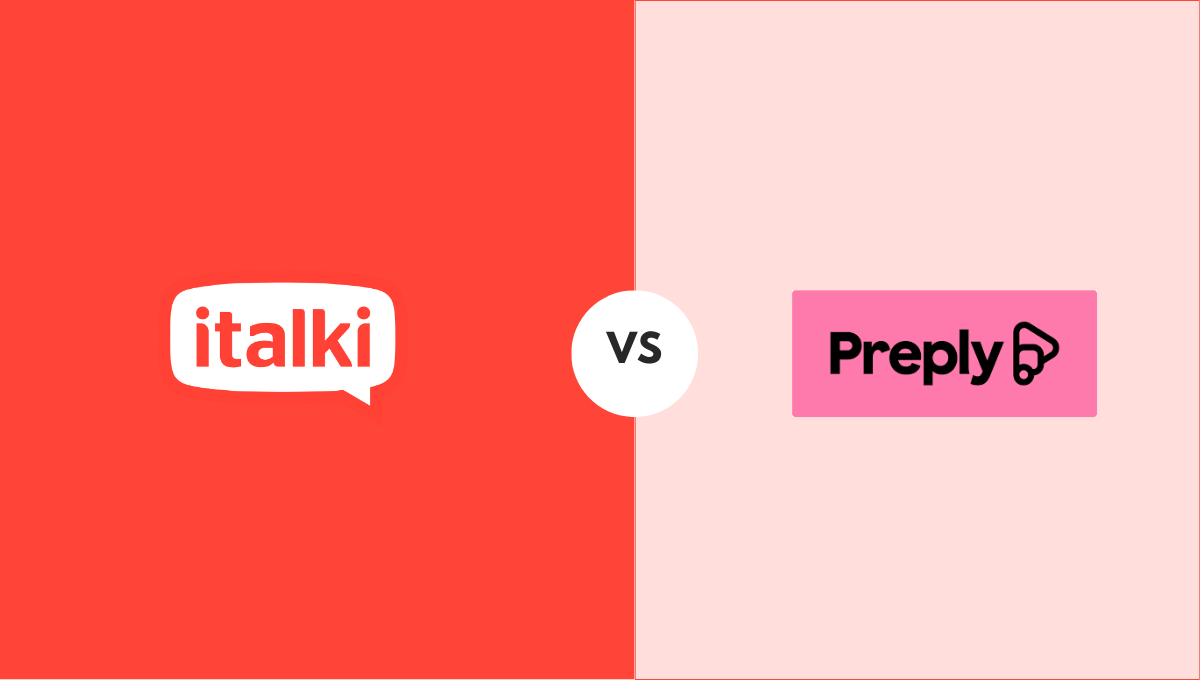In English, you’re probably used to addressing people based on who they are and where you are. When greeting others, we use different words and gestures. For example, when entering a business meeting, you might say, “Hello, ma’am, how are you today?” and shake hands. In contrast, imagine walking into a room full of your friends at a Super Bowl party, saying, “What’s up, everyone?” and hugging everyone you see.
When speaking Spanish, we adjust our greetings based on who we speak with and where we are, just as in English. In this guide, we will explore situational Spanish greetings and responses that can help you convey your meaning and concerns to people around you.
Exploring different situational Spanish greetings
There are a few Spanish greetings that can be used in any situation. These greetings are suited for both formal and informal situations.
Neutral Spanish greetings
| ¡Hola! | Hello! |
| ¡Buenos días! | Good morning! |
| ¡Buenas tardes! | Good afternoon! |
| ¡Buenas noches! | Good evening! Or Good night! |
| ¿Cómo están ustedes? | How are you all? |
| ¡Nos vemos! | See you! |
| ¡Hasta luego! | See you later! |
| ¡Hasta pronto! | See you soon! |
Formal and informal Spanish greetings
| Formal Situations | Informal Situations |
| ¿Cómo está usted? – How are you? | ¿Cómo estás?– How are you? |
| Encantado(a). – Nice to meet you. | ¿Qué tal? – How are things? |
| Mucho gusto. – Nice to meet you. | ¿Qué onda? – What’s up? |
| Que tenga un buen día. – Have a good day. | Que tengas un buen día. – Have a good day. |
| Que tenga un buen fin de semana. – Have a good weekend. | Que tengas un buen fin de semana. – Have a good day. |
Did you notice the differences between some formal and informal phrases? Some of them are only one letter or word different. It is important to memorize them to have error-free Spanish conversations. Spanish learning videos can also help you understand the contextual use of different Spanish greetings and responses.

Spanish email greetings
Mastering Spanish email greetings is necessary to write like locals and native speakers. Keep the level of formality in mind to greet the person accurately. Avoid using informal phrases, as it can lead you to embarrassment.
| Saludos cordiales | Best regards |
| Atentamente | Sincerely |
| Cordialmente | Cordially |
| Sinceramente | Sincerely |
| Para cualquier cosa estoy a su disposición | I am at your disposal for anything you need |
| Agradeciéndole de antemano su cooperación | Thank you in advance for your cooperation |
| Gracias | Thanks |
| Muchas Gracias | Many thanks |
| Un saludo | Cheers |
| Espero tus noticias | Looking forward to hear from you |
| Espero tu respuesta pronto | Hope to hear from you soon |
| Avísame | Let me know |
| Nos vemos pronto | See you soon |
| ¡Ya hablaremos! | Talk soon |
| Mantenme informado | Keep me posted |

It is also essential to learn the correct Spanish responses when someone greets you. How you respond to a greeting in Spanish depends very much on the expression the other person uses. With that in mind, below is a list of common responses.
Common Spanish responses
| Bien, ¿y tú? | Good and you? |
| Bien, gracias | Good, thank you |
| Muy bien y ¿tú qué tal? | Very good, what about you? |
| No mucho | Not much |
| ¡Muchas gracias por tus palabras! | Thank you so much for your words! |
| El gusto es mío | The pleasure is mine |
| Igualmente | Likewise / You too |
| Tú también / Usted también | You too |
| Gracias por tus deseos | Thank you for your wishes |
| Feliz Navidad para ti también | Merry Christmas to you too |
Mastering a new language takes time, but if you have the right learning resources, you can speed up the process. Getting an experienced and professional Spanish-speaking tutor is necessary to gain new insights and knowledge about the language. This is why we strongly recommend italki to everyone who wants to master this incredible language right from their home.
Become a fluent Spanish speaker with italki
italki makes learning Spanish incredibly simple. This online language-learning platform has fantastic features to help you learn Spanish online quickly. Several of them are listed below.
Online learning mode: With rapid technological advancements, online learning is an attractive option for saving time, money, and energy. You can book lessons with italki and learn Spanish online from home.
Increased flexibility: You can practice flexibility by taking the lessons on your own schedule. This feature greatly benefits italki’s students, allowing them to feel more relaxed.
Experienced tutors: When you visit italki’s website, you can browse a long list of instructors to find an appropriate Spanish tutor who offers private Spanish lessons. The teachers at italki are all highly qualified. You can choose the option that best suits your learning needs.

Find Your Perfect Teacher
At italki, you can find your Spanish tutor from all qualified and experienced teachers. Now experience the excellent language learning journey!
Book a trial lesson
Updated learning material: The material presented during sessions is relevant, current, and engaging. Learners must complete practice exercises based on realistic scenarios. For example, students are shown a variety of Spanish learning videos in a lighthearted manner to help them broaden their knowledge.
Conversational classes: As you interact with others, you will learn more. italki’s learning sessions take the form of conversations. This method can help you develop the confidence to speak a second language in public.

The enrollment process at italki
- Visit italki
- Generate a profile for yourself
- Fill in all of the required information
- Navigate to the ‘Find a Teacher’ section
- Use the filter to find a Spanish teacher
- Check reviews provided by previous learners
- Select the teacher who best meets your needs
- Schedule a trial lesson at a discounted rate to evaluate the learning method.
- Follow the tutor’s instructions
- Request feedback from your instructor
- Keep track of your progress
Frequently asked questions
What are some common greetings in Spanish?
Besides “Hola,” other common greetings include “Buenos días” (Good morning), “Buenas tardes” (Good afternoon), and “Buenas noches” (Good night/evening).
How do you ask someone how they are in Spanish?
To ask someone how they are, you can use “¿Cómo estás?” for a casual setting or “¿Cómo está usted?” for a more formal one.
How do you respond to “¿Cómo estás?”
Common responses include “Bien” (well), “Muy bien” (very well), or “Mal” (bad), depending on how you are feeling.
What’s the traditional Spanish way to say goodbye?
“Adiós” is the most common way to say goodbye in Spanish. For a more casual setting, you can also use “Hasta luego” (See you later) or “Hasta mañana” (See you tomorrow).
Conclusion
Learning the common Spanish greetings and responses can help you confidently carry out different conversations. You must choose the Spanish greetings according to the nature of your situation. Seek guidance from Spanish media, books, and videos to understand the contextual use of these greetings.
Also, visit italki’s website to hire the best private Spanish tutor. Discuss your learning goals and kick-start the learning journey without any delay.
Want to learn a language at italki?
Here are the best resources for you!



















